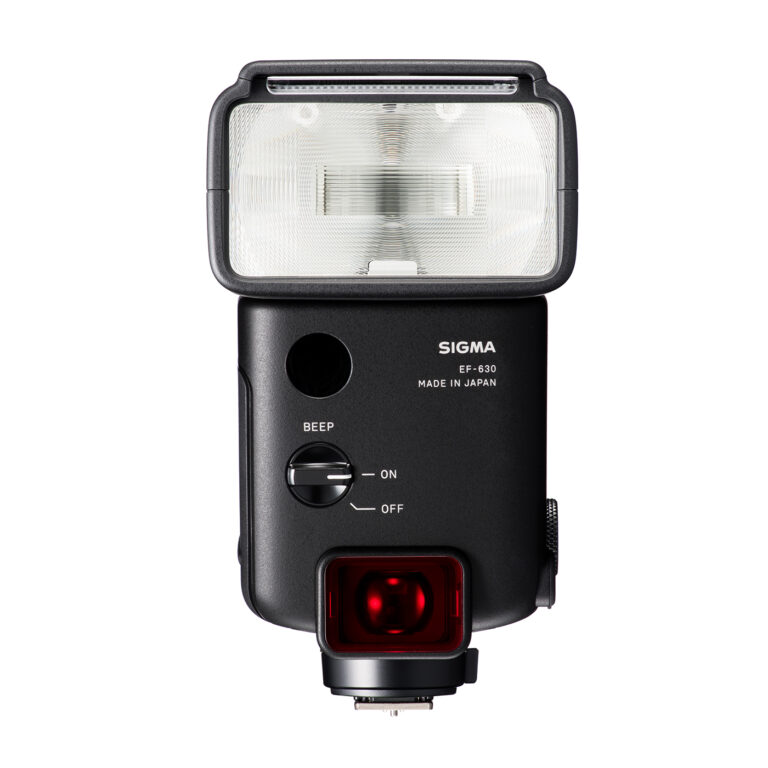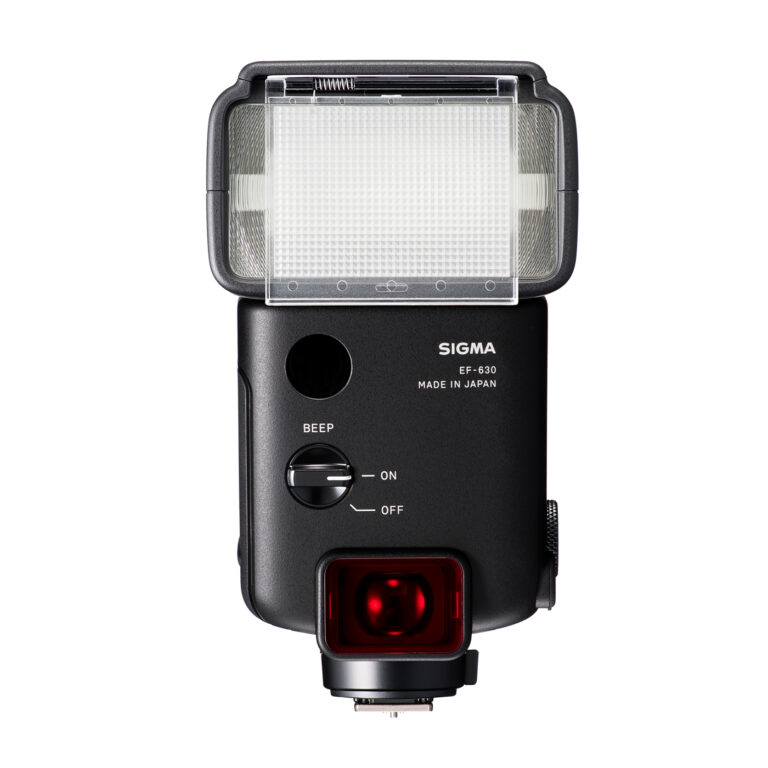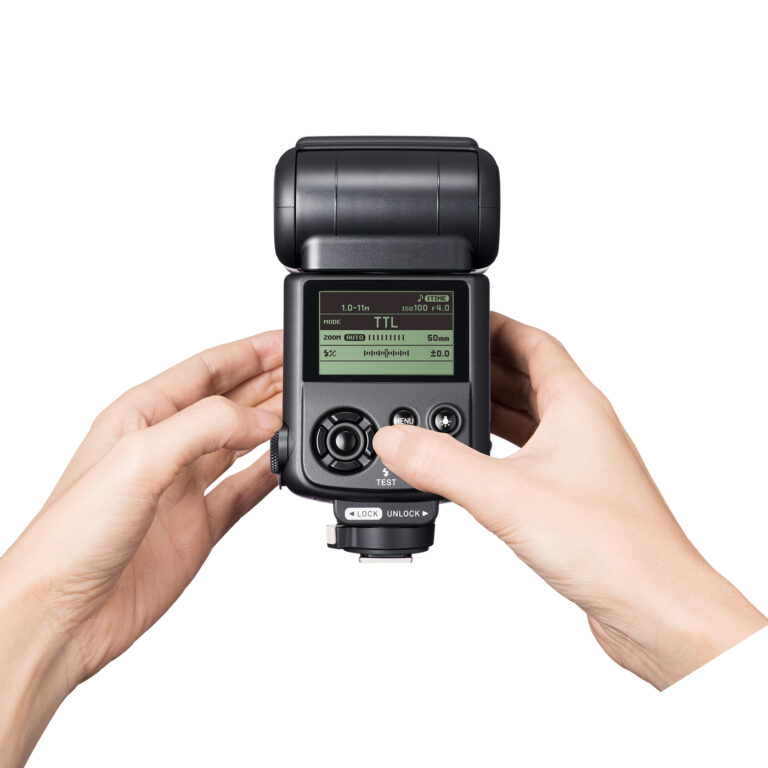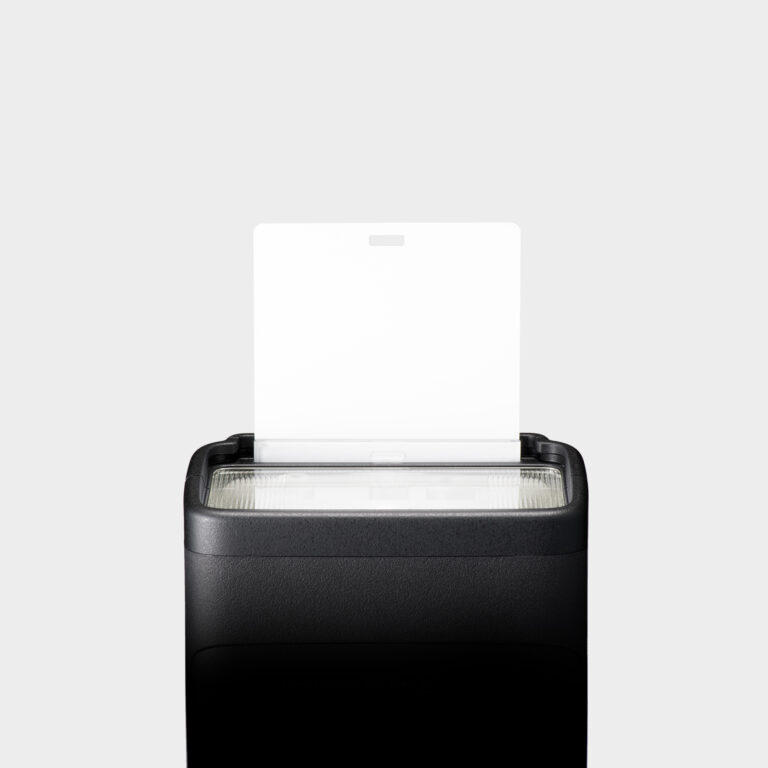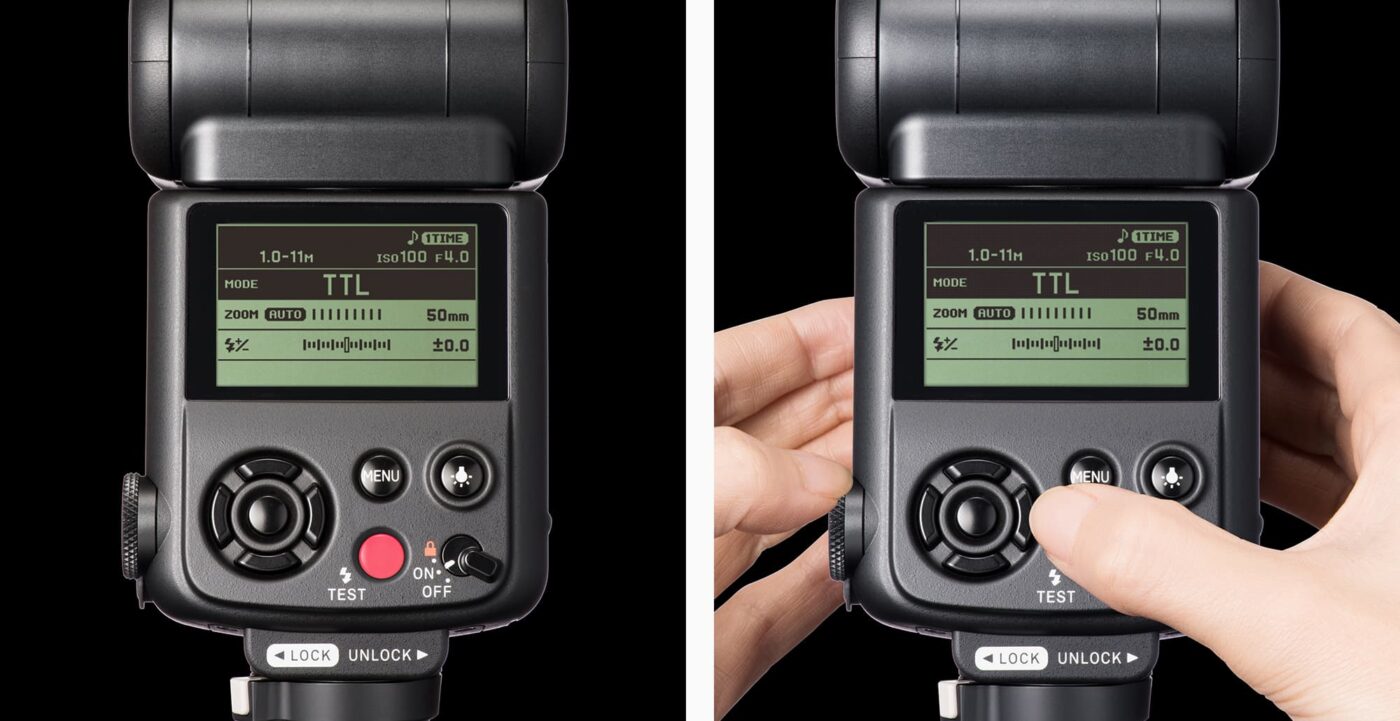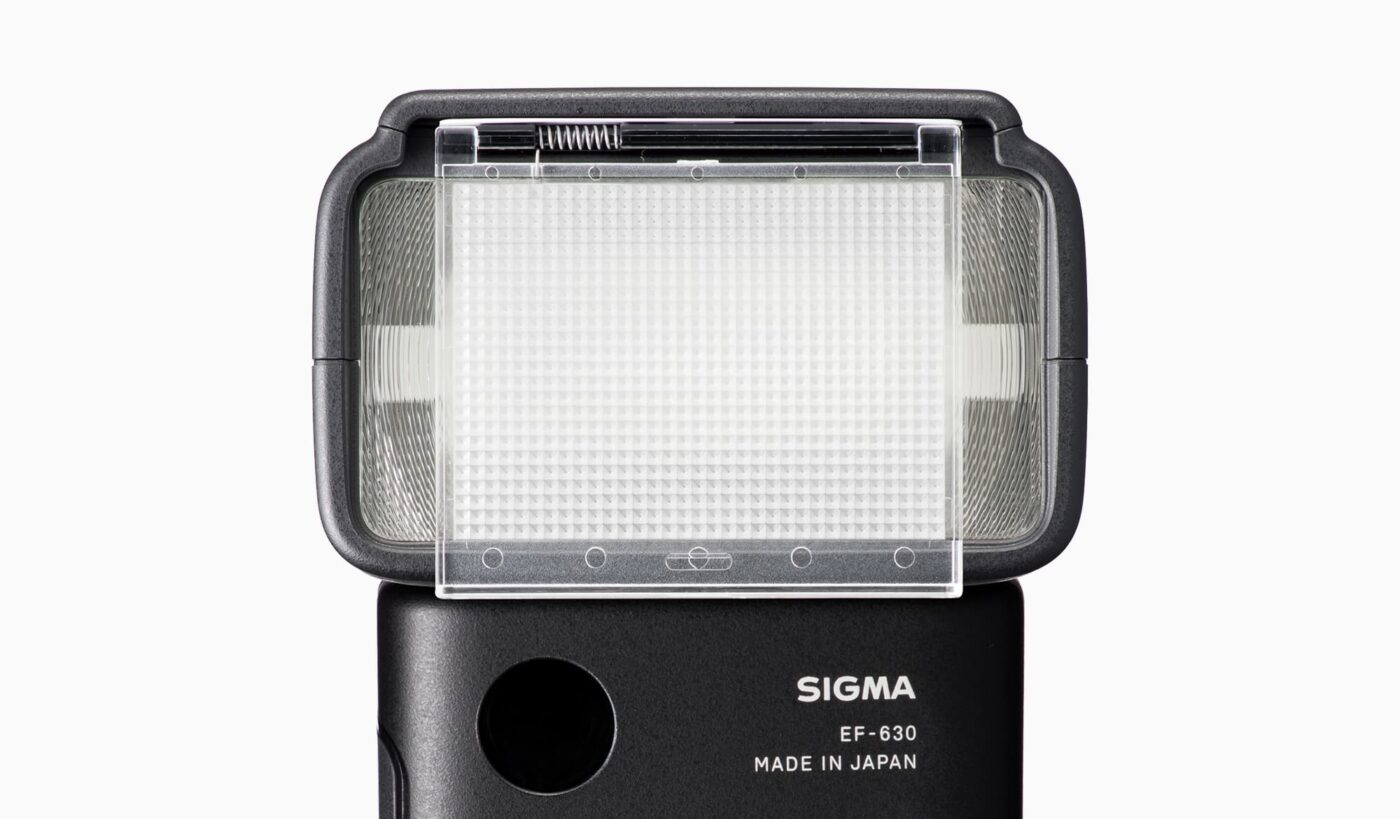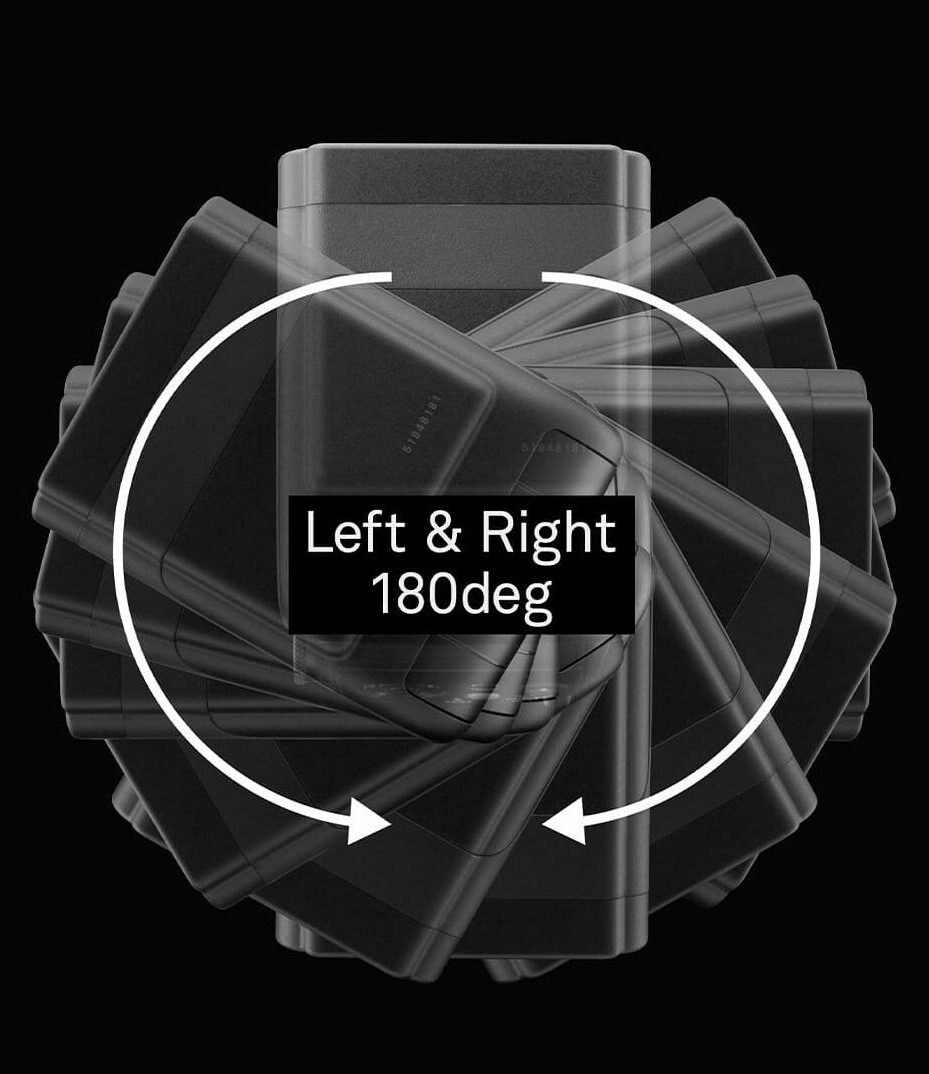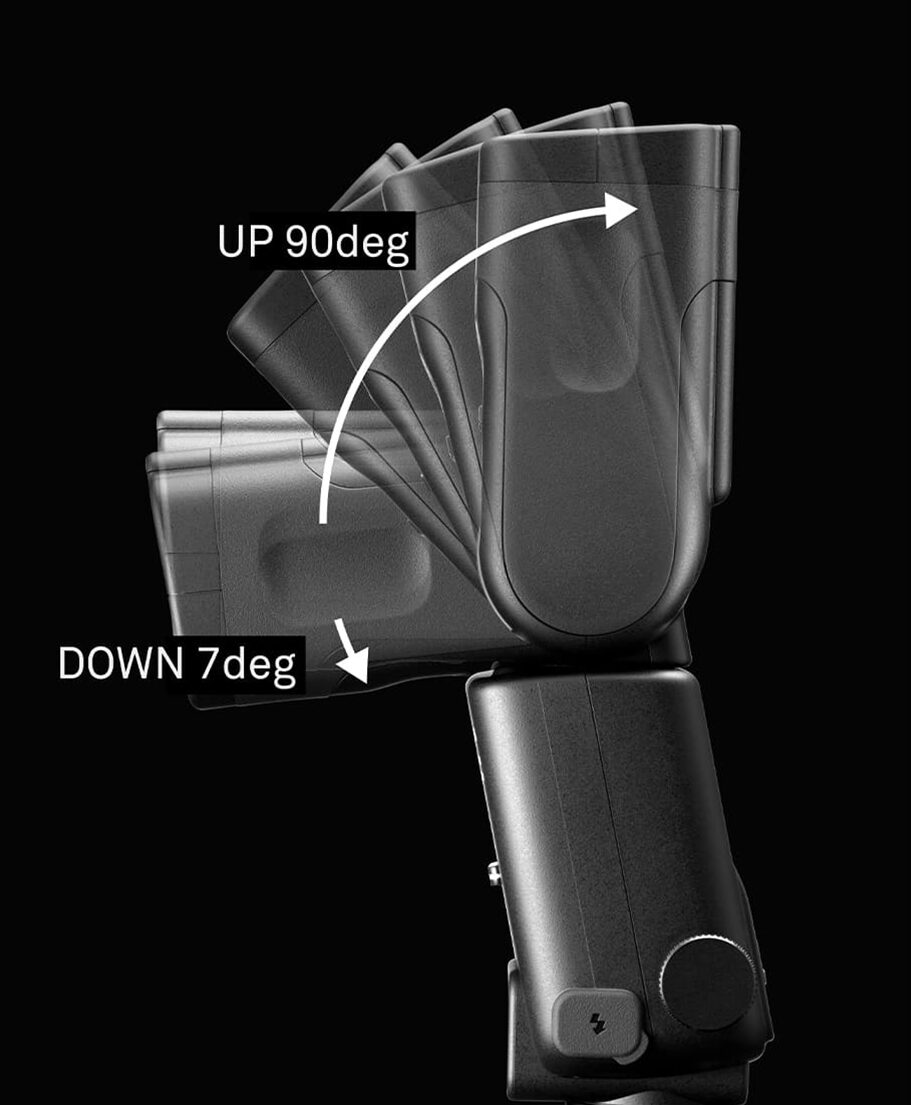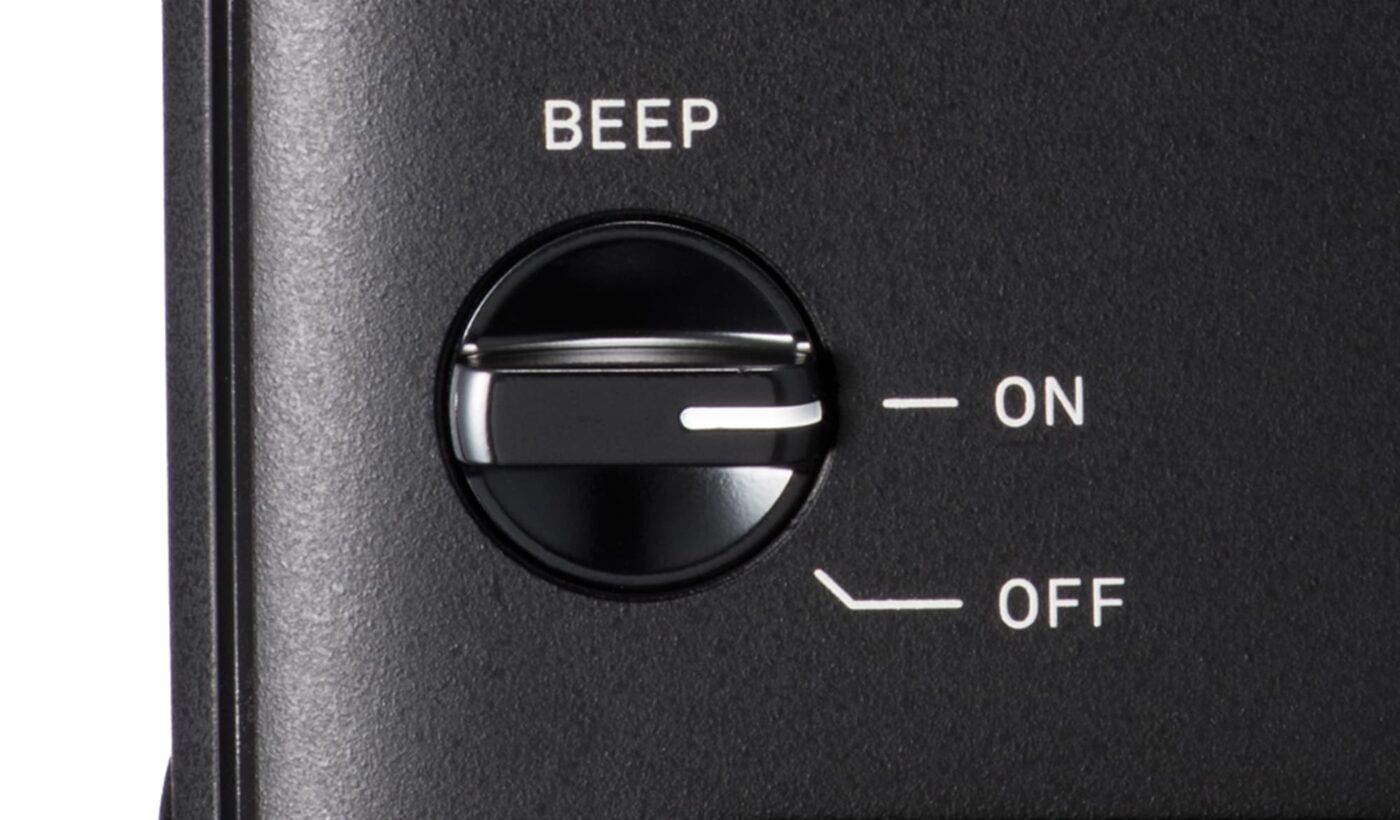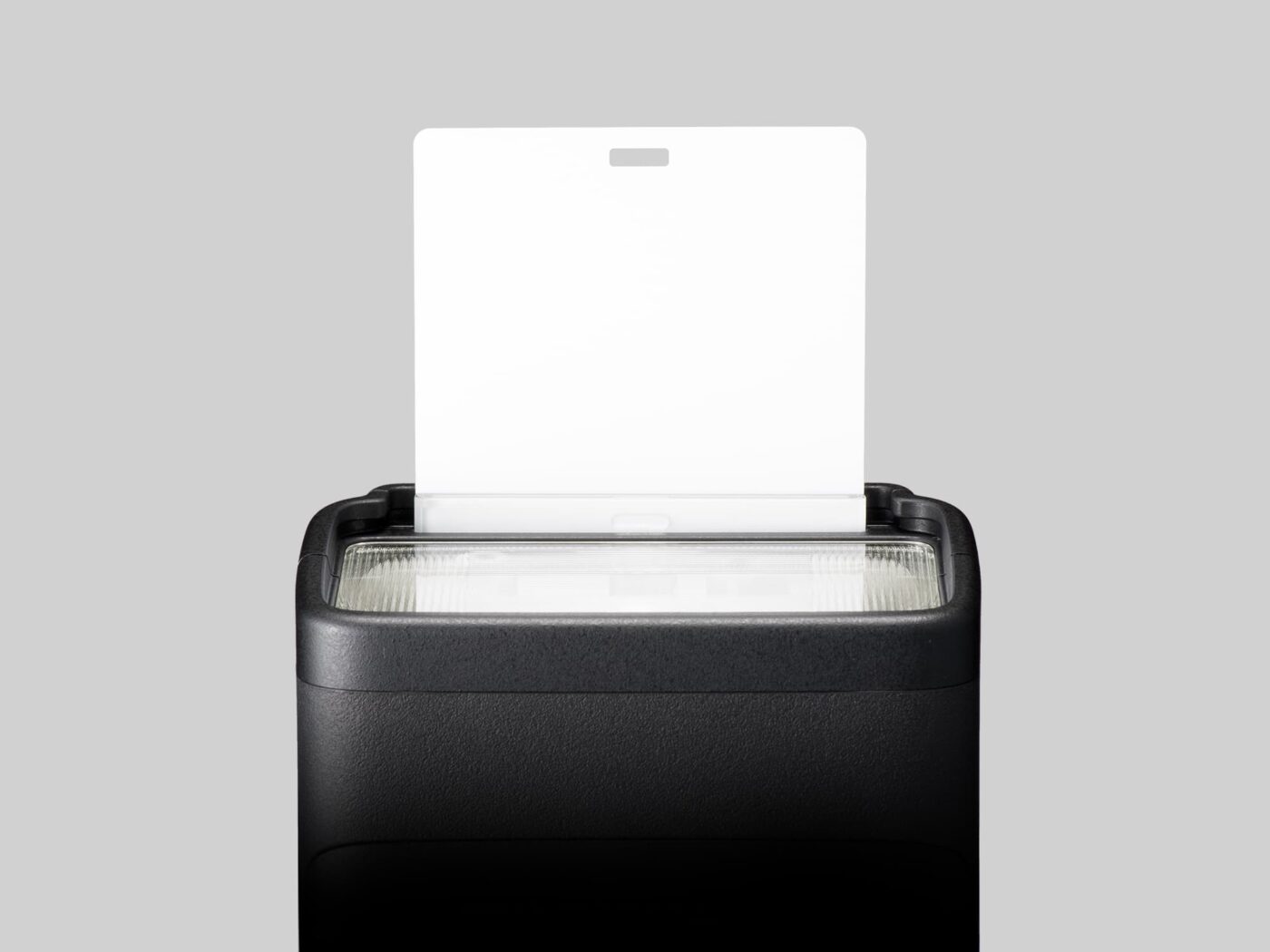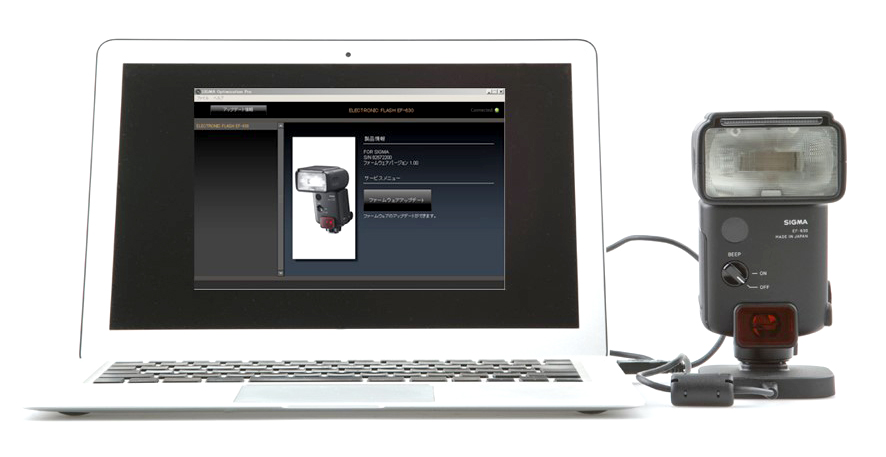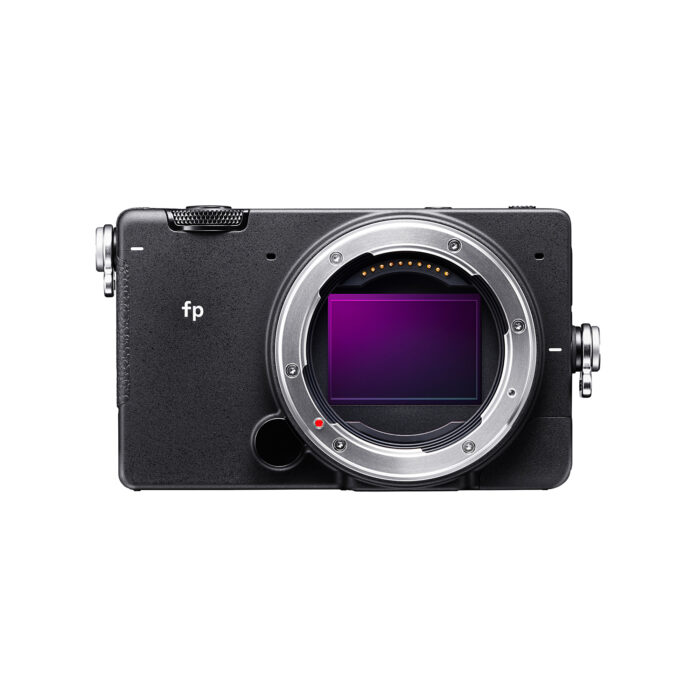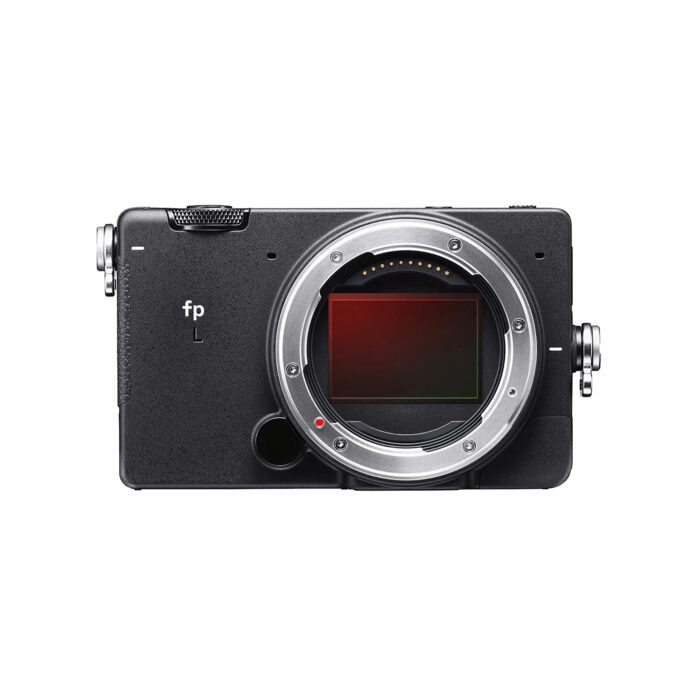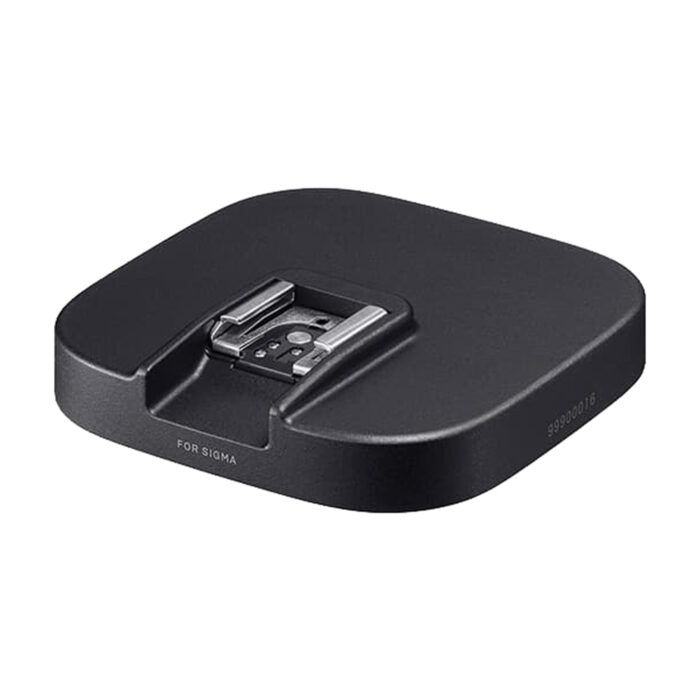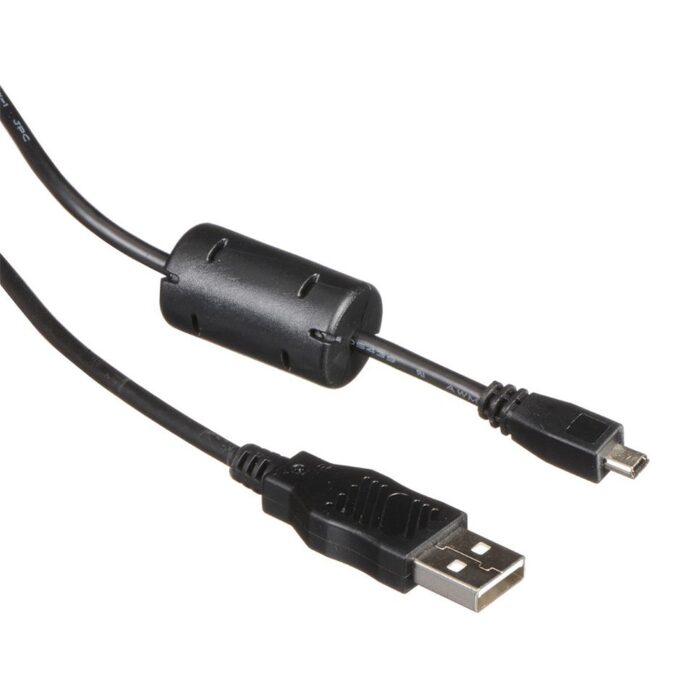Multifunctional flash with easy operation /
The SIGMA ELECTRONIC FLASH EF-630 is a multifunctional clip-on type flash, which offers a greater output of light with a guide number 63. Among the diverse features loaded on this flash is TTL exposure control as standard as well as high-speed sync, rear-curtain sync and wireless flash functions. The Auto zoom function which is designed to work with focal length 24-200mm, bounce-flash function, Wide Panel and Catch-light Panel of the EF-630 are perfect for various kinds of photography. The rear LCD offers an intuitive user interface for fast and easy operation. For instance, the new dot matrix liquid crystal display ensures improved visibility of setting status and menu function, and D-Pad and dial on the side of the flashgun make changing settings easier than ever.
